Our Notes & References
The first circumnavigation by a blind person: first edition, illustrated with more than 20 plates, and very rare in the original cloth. We could not trace any other copy similarly bound selling at auction in the past 40 years; Brooke-Hitching’s copy was in a later Riviere binding.
Born in Exeter, James Holman (1786 – 1857) served in the British Royal Navy, and in 1811 at the age of 25 lost his eyesight due to an illness (possibly through scurvy contracted while serving off the coast of the Americas). As he writes in his introduction, sedentary life made him physically and morally sick: only while travelling he felt alive, free and dignified. Following this philosophy, the “Blind Traveller” set out on a journey around the world in the early 1830s, and became in 1832 the first blind person to circumnavigate the globe.
This 4-volume edition describes in detail his remarkable achievement, spanning Brazil, Singapore, China, Australia, India and Africa, and including chapters on Madagascar, the Comoro Islands, Zanzibar, the Seychelles and Mauritius. It is finely illustrated with plates, including a portrait of the Blind Traveller, and a folding map showing the estuary of the Pearl River with Canton (nowadays Guangzhou), the Bocca Tigris, Macau and Lantao with the Western tip of Hong Kong.
Vol. 1 contains chapters on Madeira, Tenerife, St. Jago, Sierra Leone, Cape Coast, Accra, Fernando Po, Bonny, Calabar, and other rivers in the Bight of Biafra (modern Nigeria), Prince’s Island, Ascension, Rio Janeiro, and a journey to the gold mines in Brazil. Vol. 2 continues with “the Brazils”, the Eastern Cape of South Africa, Mauritius, Mozambique, and Madagascar. Vol. 3 carries on with the Cormoro Islands, Zanzibar, the Seychelles, Ceylon, Madras, Bangalore, and Calcutta. Vol. 4 concludes with the Andaman Islands, Penang, Malacca, Singapore, China, Straits of Sunda (Indonesia), Tasmania, New Zealand, Cape Horn (Chile), and return to England.
Among the many ‘exotic’ areas Holman visited, his South African sojourn has been especially noted: “Mr Holman arrived at the Cape in December 1828 and his account of South Africa occupies over 300 pages, and contains a large amount of information, the compilation of which, under such circumstances, must have been accompanied with enormous difficulty, while his journey to Kaffraria, under such conditions, must certainly be unique in the annals of South African travel.” (Sydney Mendelssohn, South African Bibliography, vol. 1, pp. 728-9).
It wasn’t Holman’s first travel, and wasn’t to be his last either. In 1819-21 he journeyed through Europe, publishing on his return The Narrative of a Journey through France, etc. (London, 1822). He then immediately attempted to circumnavigate the world via Russia and travelled as far east as the Mongolian frontier of Irkutsk in Siberia. There he was suspected by the Russians of being a spy who might publicize the extensive activities of the Russian American Company should he travel further east, and was conducted back forcibly to the frontiers of Poland. He returned straight home and published another travel account, his Travels through Russia, Siberia, etc. (London, 1825).
After our complete circumnavigation, Holman continued traveling, and by October 1846 had visited every inhabited continent. He was elected a Fellow of the Royal Society (UK), and of the Linnaean Society (UK). Charles Darwin, in The Voyage of the Beagle, cited Holman’s writings as a source on the flora of the Indian Ocean. His last journeys were through Spain, Portugal, Moldavia, Montenegro, Syria and Turkey. Within a week after finishing an autobiography, Holman’s Narratives of His Travels, he died in London on 29 July 1857. This last work was never published, and likely has not survived.
In a time when blind people were thought to be almost completely helpless, Holman’s ability to sense his surroundings by the reverberations of a tapped cane or horse’s hoof-beats was unfathomable. To make notes, he used Wedgwood’s “Noctograph”. Ralph Wedgwood, of the famous Wedgwood family of potters, invented the earliest form of carbon paper, using lard and lampblack, on which one could write with an ivory or agate stylus and get the writing imprinted on the white paper underneath. His Noctograph also included a frame with brass wires marking out lines, under which a sheet of carbon paper and a sheet of white paper were secured. This apparatus allowed a visually impaired person to write clearly without the use of ink. Another blind writer who used the Noctograph was William Hickling Prescott (1796-1859), widely recognised as the first American scientific historian.
“Holman was a prodigiously restless world traveler in the early 19th century […]. He circled the earth, traversed Siberia, roamed the Australian outback and the Brazilian rain forest, climbed Vesuvius during an eruption, hunted elephants in Ceylon and slave ships in the Atlantic and wrote best-selling books about it all. He did all this despite a grave handicap: he was blind. […] Holman met François Huber, a pioneering blind entomologist who, like Holman, had managed to carve out a career despite his disability. He studied bees using a special hinged hive that opened and shut like a book. Holman sailed with William Owen, the brilliant, illegitimate, eccentric naval captain who surveyed the coast of Africa. [He] was a deeply Romantic figure, a man ransacking the globe for peace of mind even as he fled the demons of disappointment and bitterness nipping at his heels.” (Lev Grossman. Review of: Jason, J. A Sense of the World: How a Blind Man Became History’s Greatest Traveler, 2006).
Provenance
“[unclear first name] Burges, Blandford Square, 1843” (owner’s ink inscription to upper fly-leaf in all vols)
Humphrey Winterton (noted collector of African and Asian items, including a large collection of East African photographs now in the Northwestern University Library; “H.W.” bookplate to upper pastedown in all vols.; his sale, Sotheby’s London, 28-29 May 2003, lot 377)
From the estate of Geoffrey Elliott (1939-2021), banker of Russian descent, author of books on 20th-c. history. Geoffrey and his wife Fay were noted collectors, especially of Oscar Wilde, Evelyn Waugh and other literary figures. Russia was also an important theme: Geoffrey’s grandparents were interned in a Siberian tsarist prison camp before the October Revolution, and he focused most of his published works on the Cold War.
The Elliotts donated a significant part of their collection to the library of Leeds University in 2002, but kept the Russia-related and some travel items, which we consequently acquired.
Bibliography
Bagnall 2646; Borba de Moraes p.411; Ferguson 1802; Lust 374; Mendelssohn (1979) II, p. 590; Sabin 32566.
Roberts, J. (2006). A Sense of the World: How a Blind Man Became History’s Greatest Traveler. New York: Harper Collins Publishing.
Grossman. L. “Have Cane, Will Travel: A moving, mesmerizing biography of a blind adventurer who was determined to see the world” [Review of: Jason, J. A Sense of the World: How a Blind Man Became History’s Greatest Traveler. 2006], in Time, Sunday, June 04, 2006.
Reilly, L. “The Blind Traveler: How James Holman Felt His Way Around the World to Become History’s Most Prolific Explorer”, August 28, 2017.
Physical Description
Four volumes 8vo (23.2 x 15cm). Vol.1: half-title, frontispiece with portrait, x pp. inc. title, dedication and toc, [1] p. advertisement, [1] p. list of ill., 491 pp., 5 plates; vol.2: frontispiece, xiv pp. inc. half-title, title, advertisement, and toc, [1]p. list of ill., 492 pp., 4 plates; vol.3: frontispiece, xv pp. inc. half-title, title, advertisement, list of ill., and toc, 473pp., 5 plates; vol.4: frontispiece, viii pp. inc. title, advertisement, list of ill. and toc, 519pp., 5 plates – in all 23 plates, including 3 folding and a folding map, complete with 3 half-titles as published and all advertisements, sometimes included in pagination sometimes not.
Binding
Original blind-stamped cloth, flat spines lettered in gilt.
Condition
Cloth spines a bit faded and rubbed at extremities, with minor losses or tears, otherwise clean and attractive; some pp. unopened or uncut, occasional foxing to map and some plates, offsetting to frontispiece and title of vol. 1, 2 plates (in vol. 2 and 4) torn in two along fold.

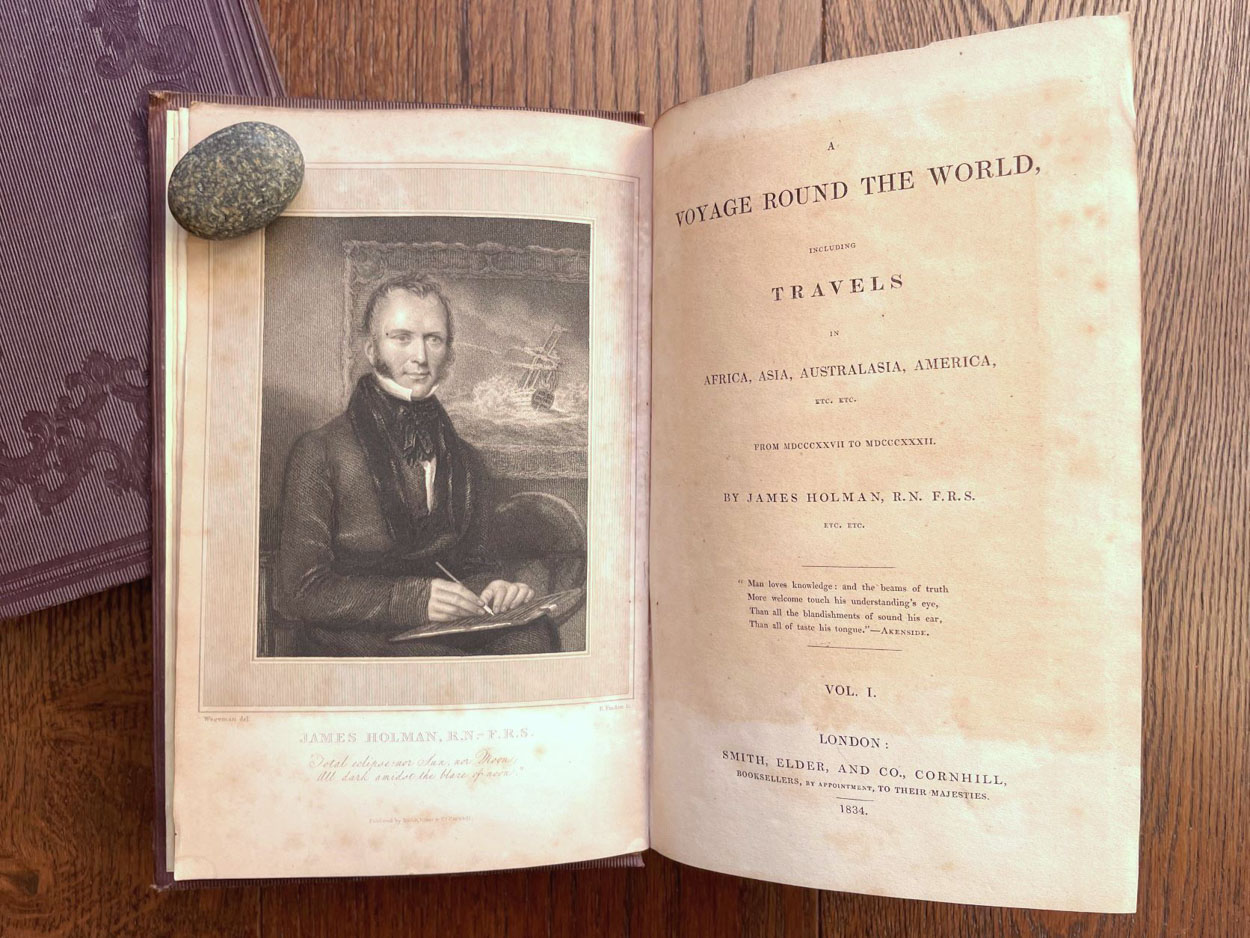
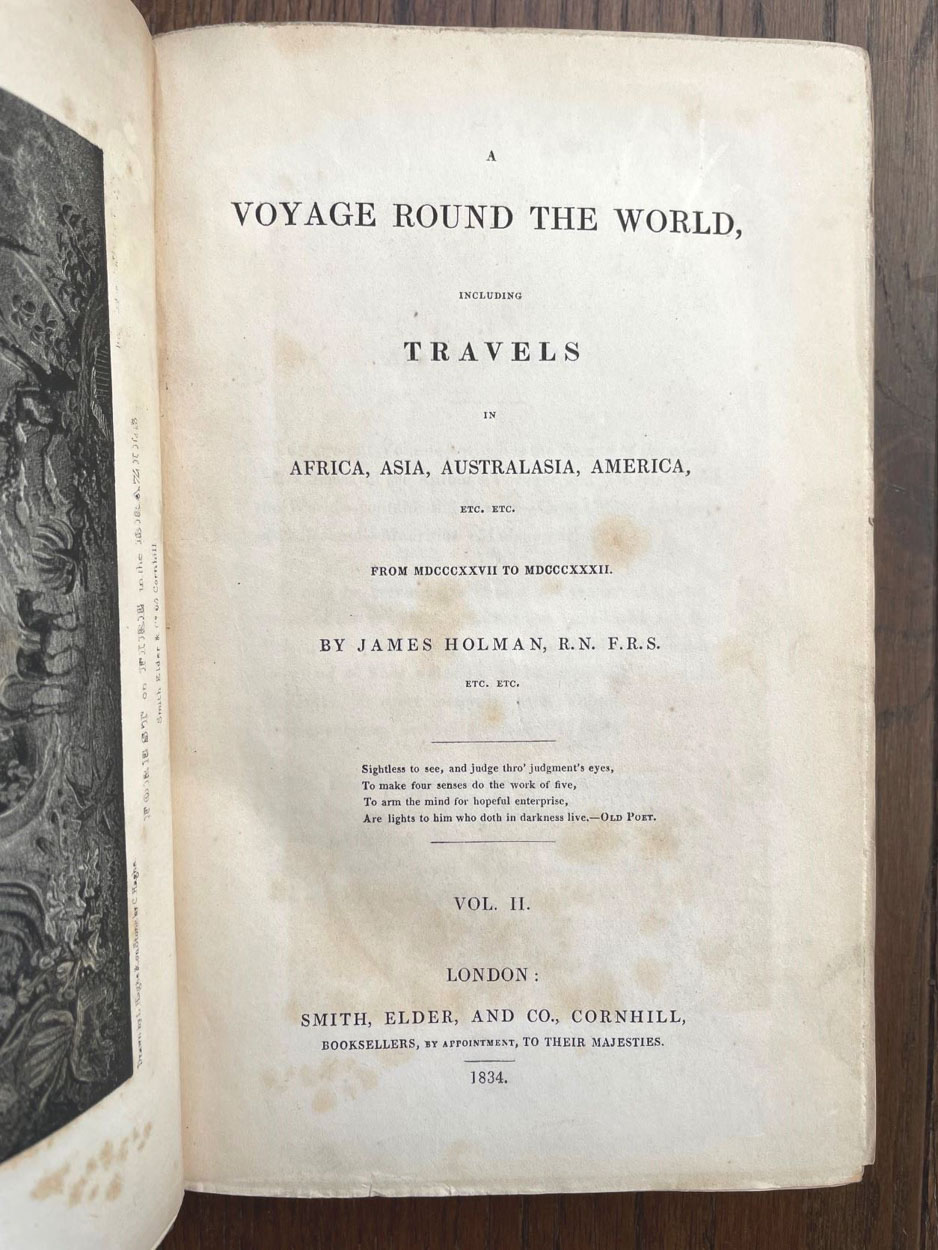
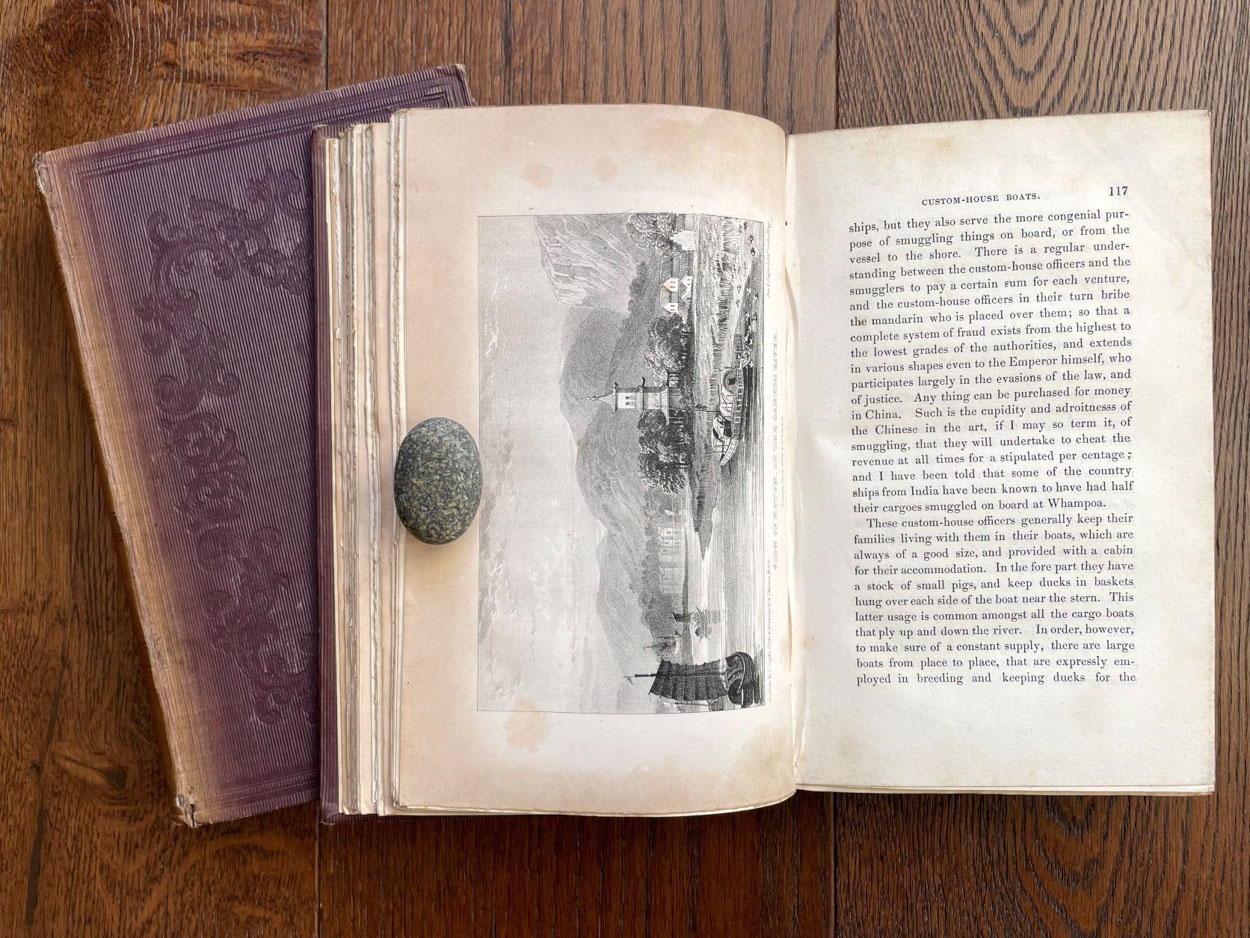

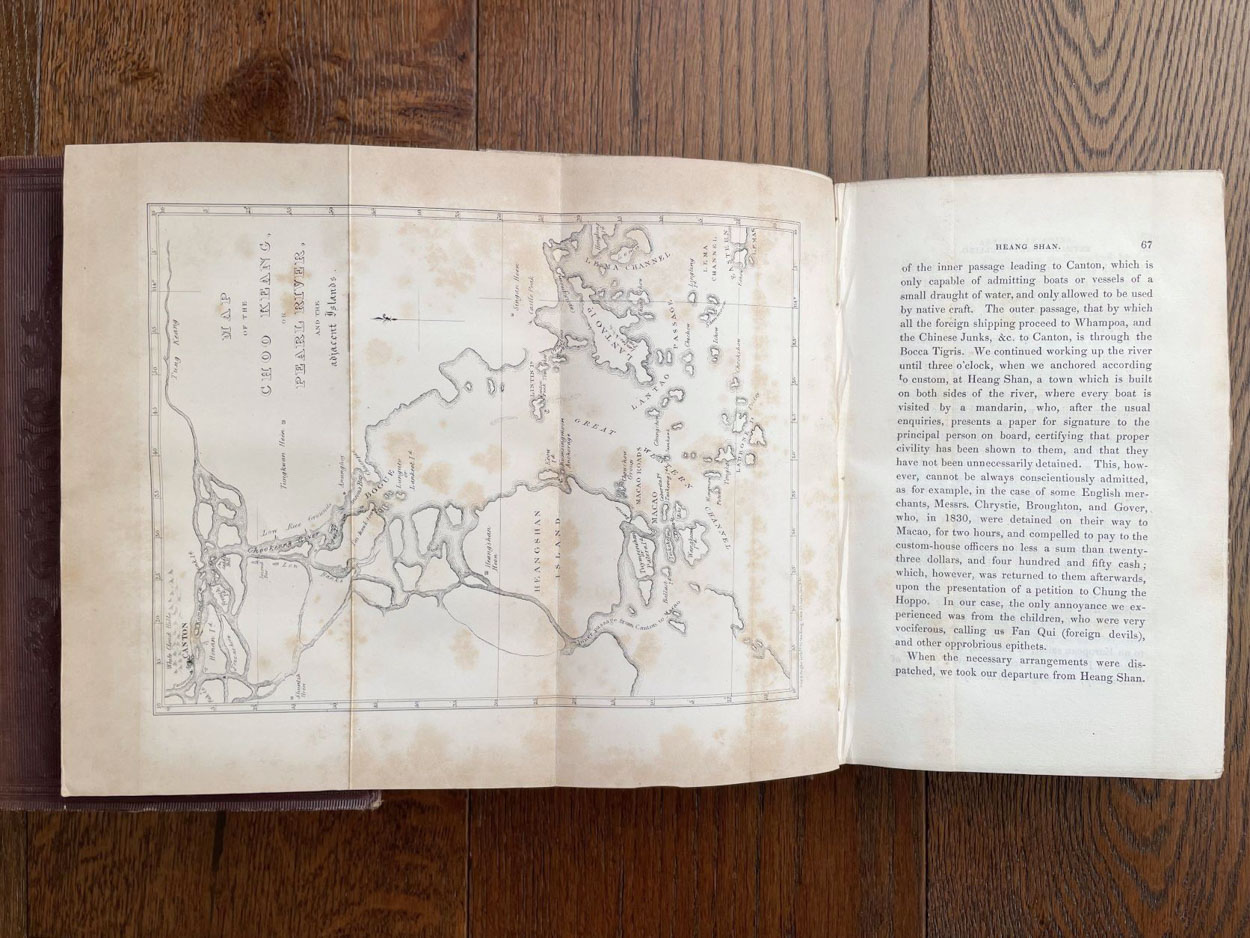
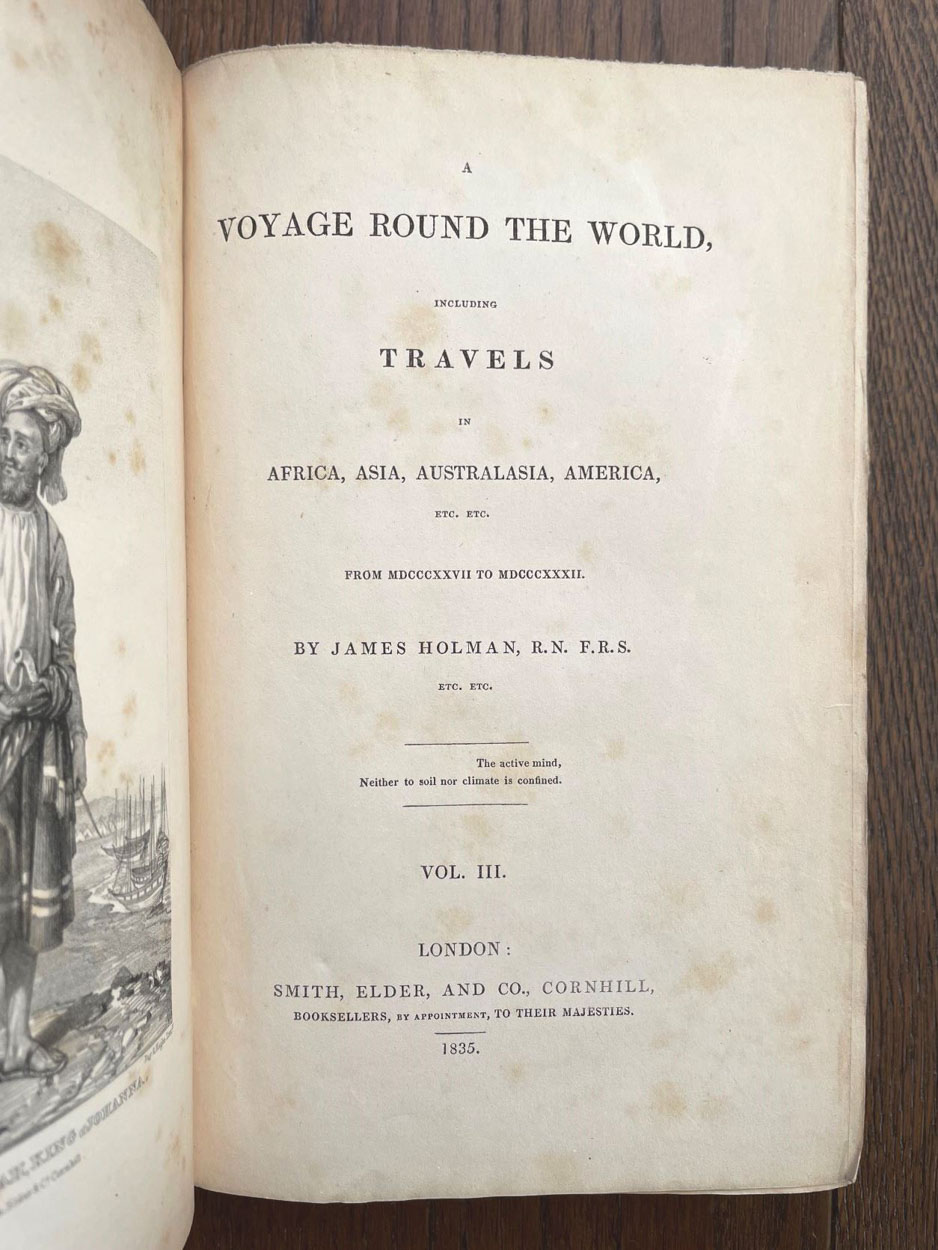
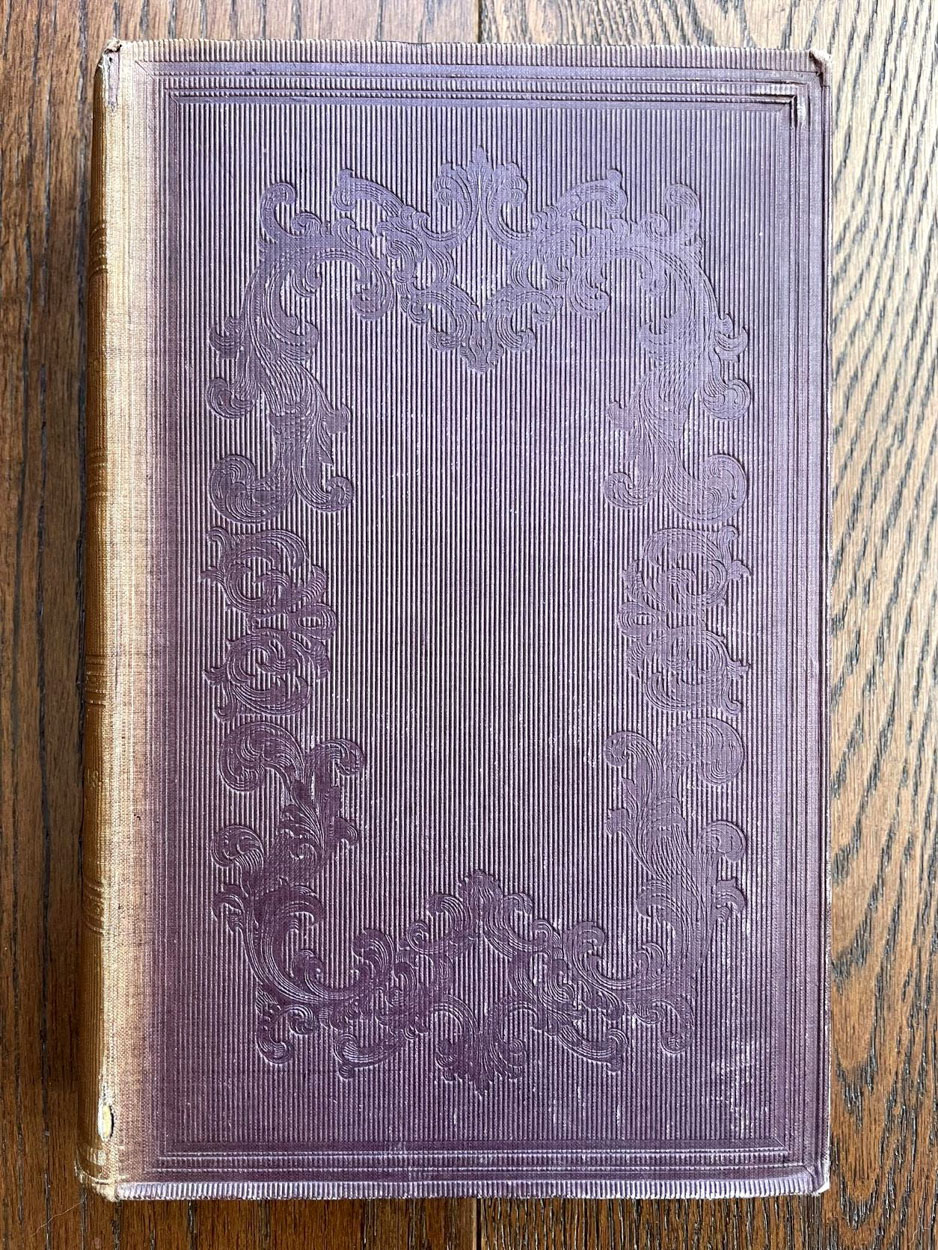


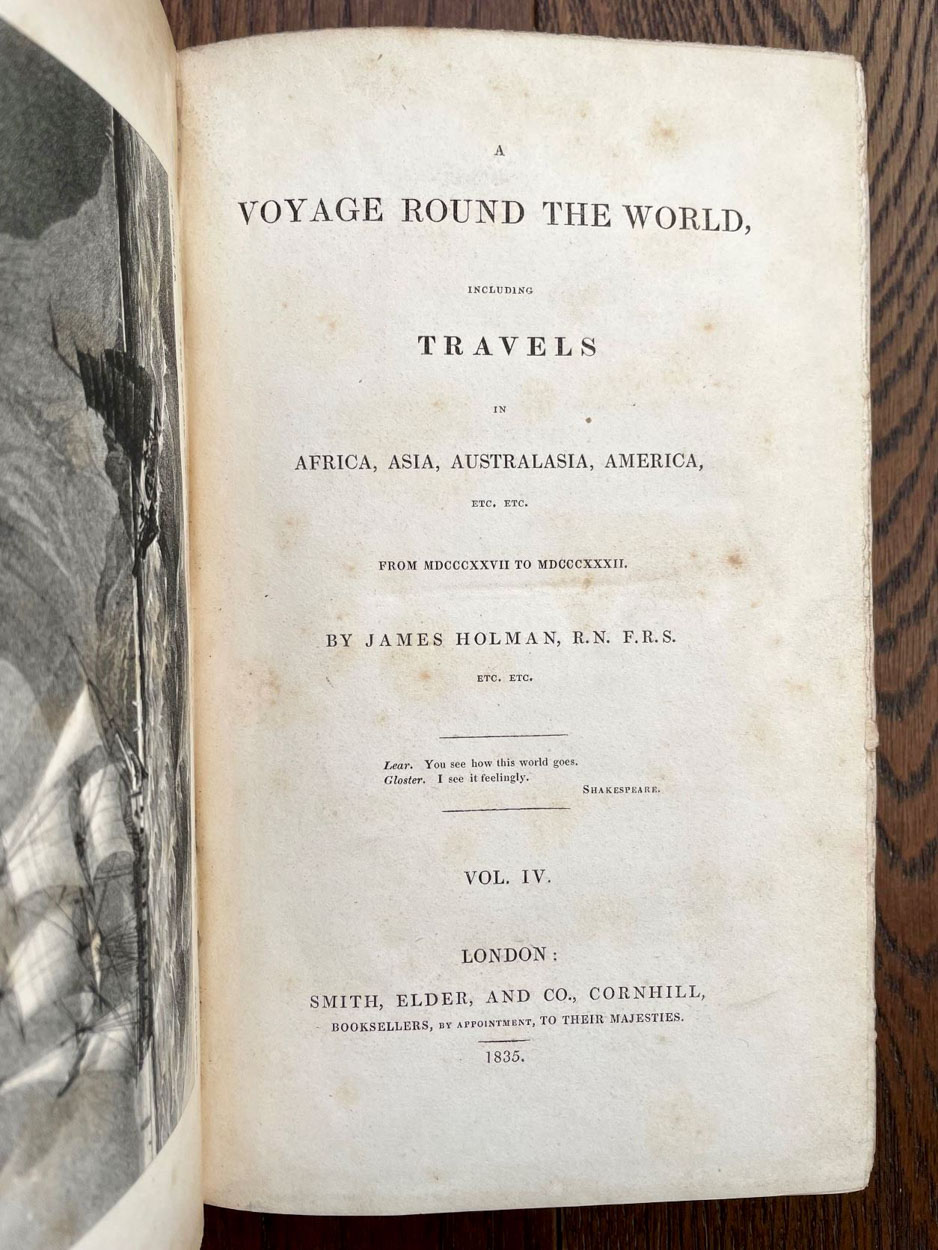



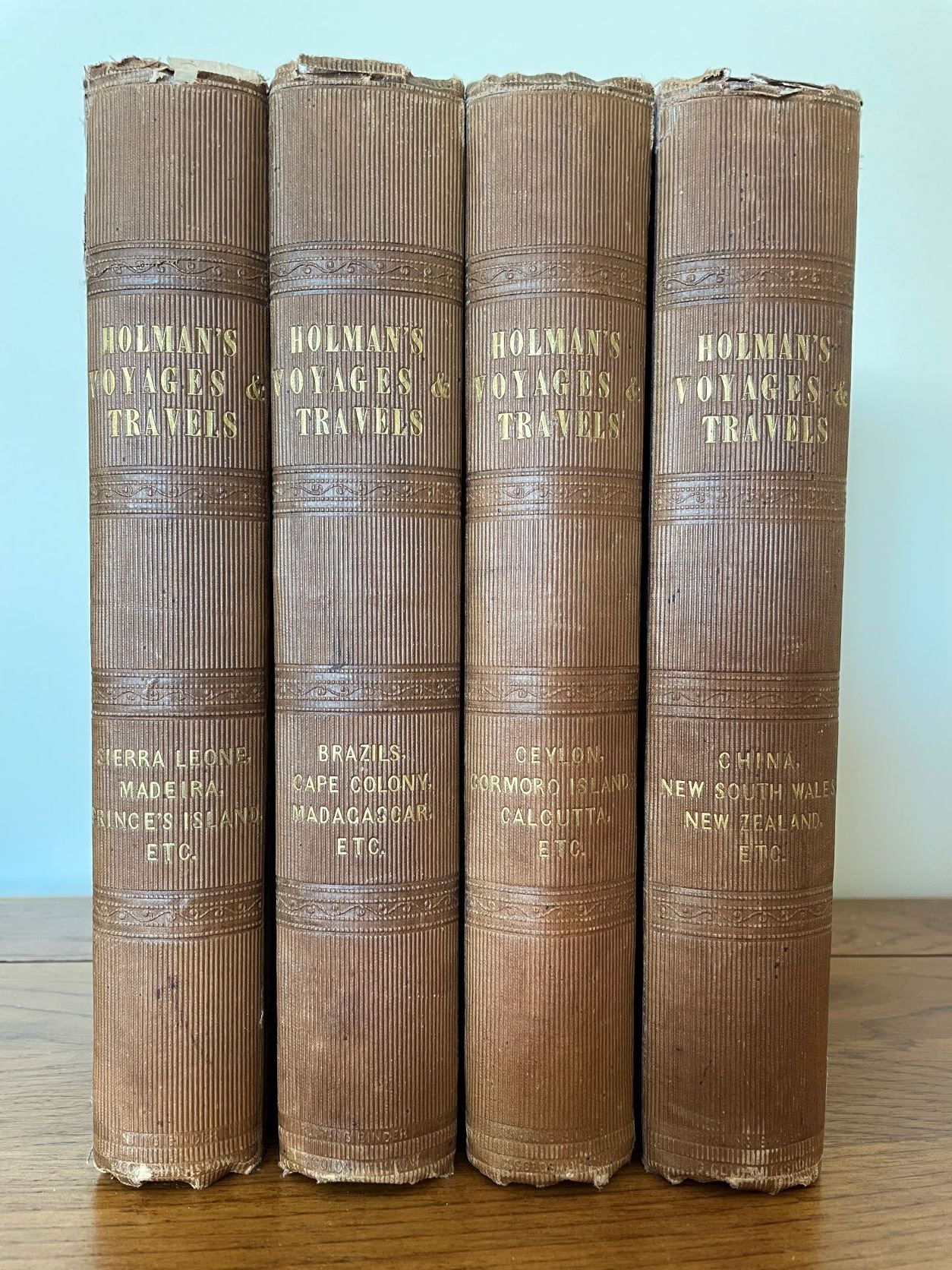



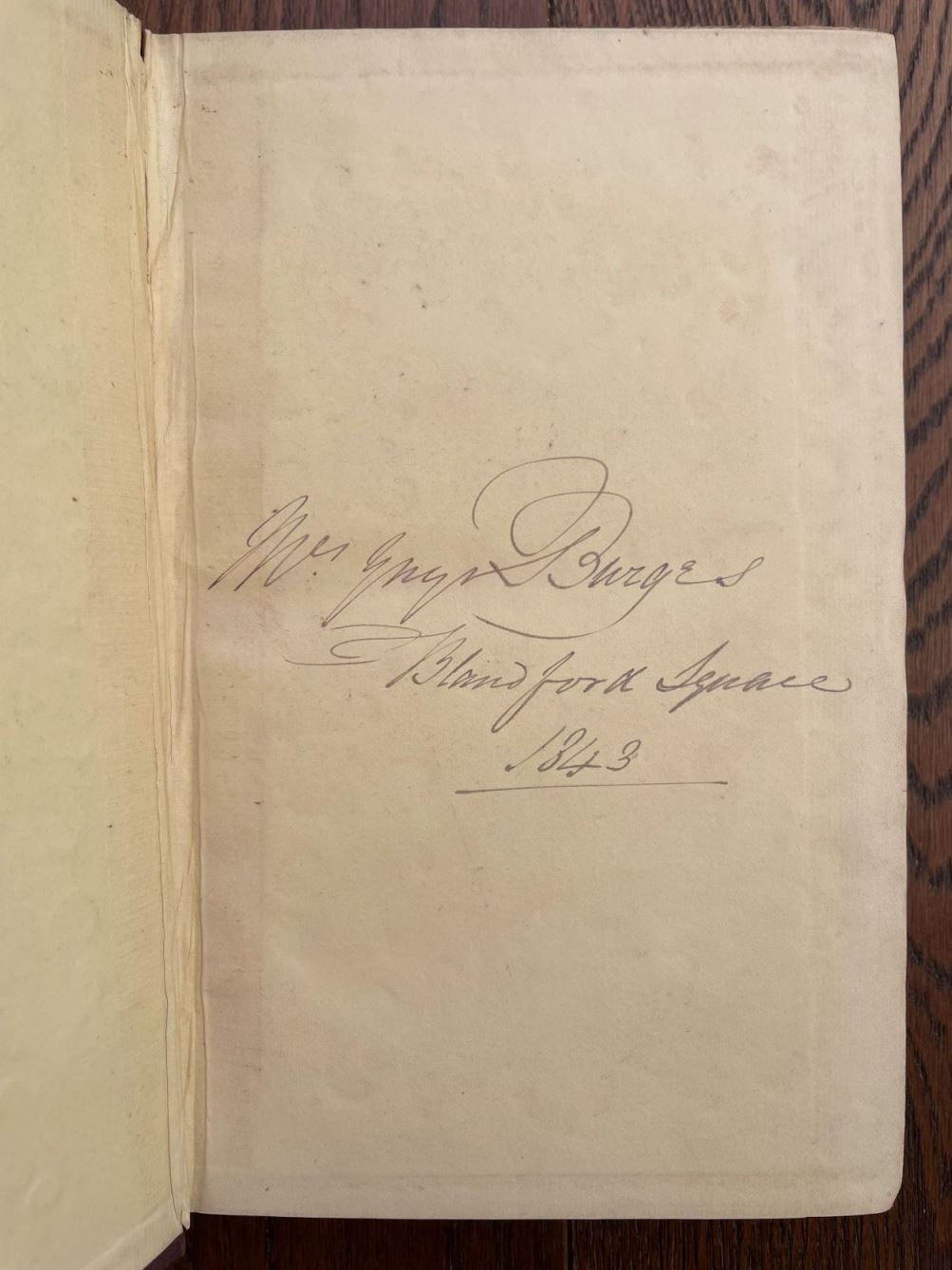

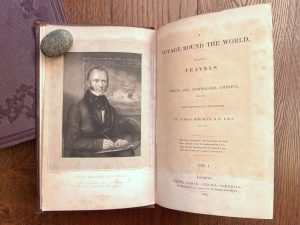


















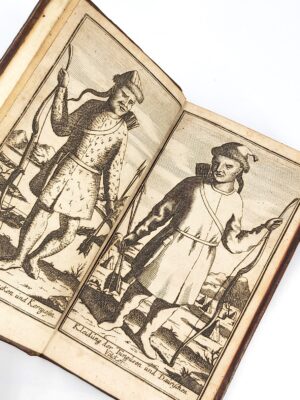
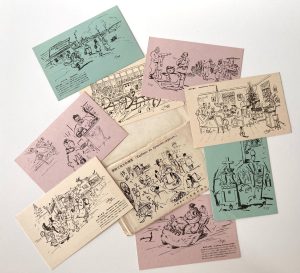
![Image for [SIBERIA & RUSSIAN FRA EAST]. Guide to the Great Siberia Railway. First edition in English. Fine copy. St. Petersburg, 1900. #2](https://www.pyrarebooks.com/wp-content/uploads/2025/04/2872_1-300x227.jpg)
